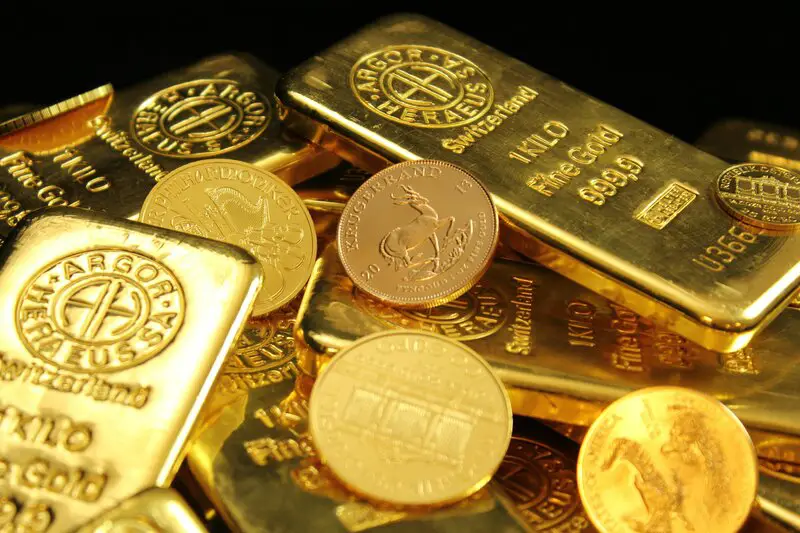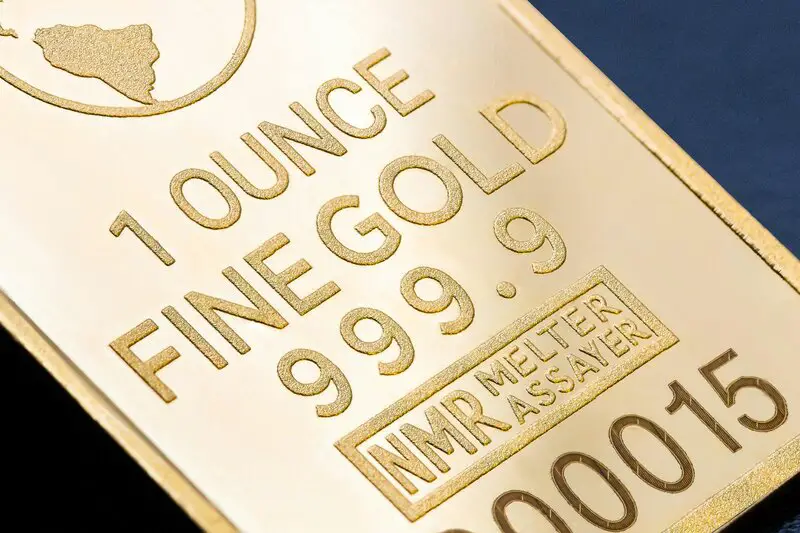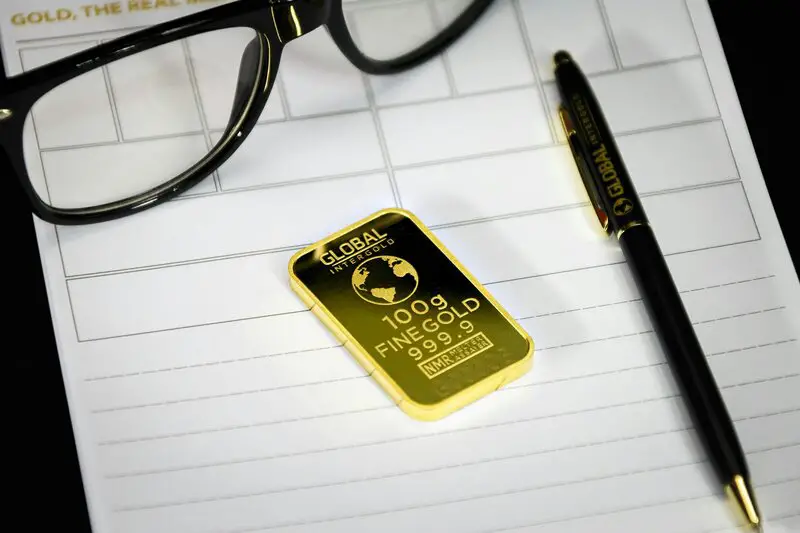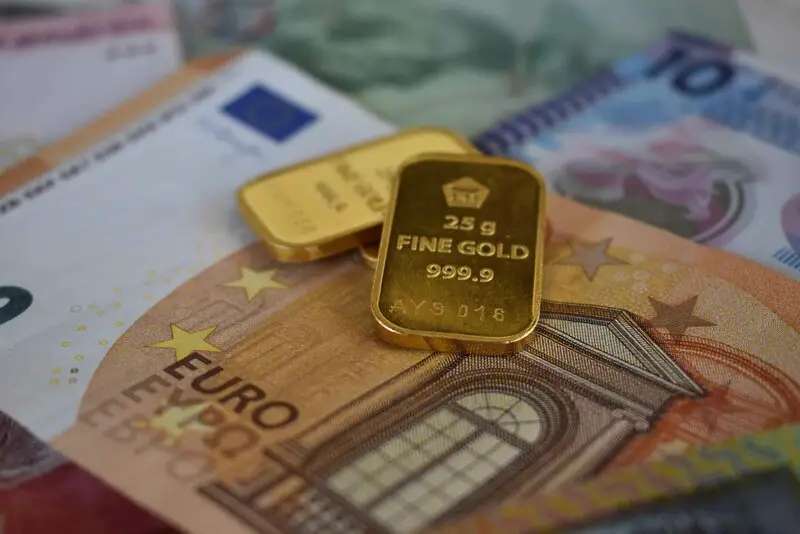If you've recently started following gold prices or are thinking about investing in the gold market, you've likely come across the terms spot gold and gold futures. They may sound similar, and both reflect the price of gold, but they're actually quite different in how they're priced, traded, and used by investors.
In this guide, we'll break down the differences between spot gold and gold futures in plain language. Whether you're a beginner investor or simply curious about how the gold market works, this article will help you understand which option might suit your goals best.
What Is Spot Gold?
Spot gold refers to the current market price of gold for immediate delivery. When you see the gold price quoted online or in the news—for example, £1,650 per ounce or $2,000 per ounce—that's usually the spot price.
It represents how much it would cost to buy or sell one troy ounce of gold right now, assuming instant settlement.
Key Features of Spot Gold:
- Immediate settlement (typically within 1-2 business days)
- Reflects real-time market demand
- Used by traders, jewellers, and central banks
- No future contract or expiration date
- Commonly traded in the physical market or through Exchange-Traded Funds (ETFs) and gold-backed investment products
For most investors, spot gold is the most familiar price benchmark because it's what they use when buying physical gold (bars, coins, jewellery) or investing through platforms that track the live market price.
What Are Gold Futures?
Gold futures are contracts to buy or sell gold at a specified price on a set date in the future. They are traded on commodities exchanges like COMEX in New York or ICE Futures Europe in London.
When you trade futures, you're not necessarily buying physical gold—you're entering into a legal agreement to potentially take delivery of it (though most traders don't actually go that far).
Instead, many futures contracts are used by traders who aim to profit from price movements or hedge risk, and they typically close their positions before the contract expires.
Key Features of Gold Futures:
- Settlement in the future, not immediately
- Standardised contracts (typically 100 troy ounces)
- Highly leveraged, allowing control over a large amount of gold with a smaller upfront payment (margin)
- Used by institutions, speculators, and professional traders
- Traded on regulated exchanges
Gold futures are more complex than spot gold and are best suited for those with a good understanding of the markets and risk management.
How Are Spot and Futures Prices Different?
The spot price and futures price for gold often differ, especially when you look further out in time.
Pricing Differences
Futures prices take into account:
- Interest rates
- Storage and insurance costs for physical gold
- Time value of money
- Market expectations
As a result, gold futures are usually slightly higher than the spot price, especially when the market expects rising prices or during periods of high inflation. This difference is known as contango.
On the flip side, in times of market stress or high demand for physical gold, the futures price can fall below the spot price—a situation known as backwardation.
Example:
Let's say spot gold is trading at £1,650/oz today.
A futures contract for delivery in 3 months might be priced at £1,670/oz to account for carrying costs and market expectations.
If you expect gold prices to rise above £1,670 within that time, buying the futures contract could be profitable. But if prices fall or stay flat, you could face losses.
Settlement and Delivery
One of the biggest practical differences between spot and futures trading is how and when the gold is delivered or settled.
Spot Gold:
- Settlement typically occurs within 2 business days
- Often involves physical delivery (or investment via an ETF that holds physical gold)
- Simpler process, ideal for long-term investors
Gold Futures:
- Delivery is at contract expiry, unless closed earlier
- Most traders do not take physical delivery—they settle in cash
- Futures trading involves margin accounts, which require regular adjustments (mark-to-market)
For the average investor, the idea of receiving a 100-ounce bar of gold at expiry is impractical—this is why most futures contracts are closed or rolled over before delivery.
Investment Implications
So which is better—spot gold or gold futures? The answer depends on your goals, experience, and risk tolerance.
Spot Gold – Best for:
- Long-term investors
- Those seeking exposure to physical gold
- People looking to hedge against inflation or currency risk
- Investors who prefer simpler, more transparent investments
Spot gold is more straightforward. You buy gold, hold it, and track the market price. Whether you own it physically or through an ETF, it's a more passive approach.
Gold Futures – Best for:
- Experienced traders and speculators
- Investors looking for short-term opportunities
- Those comfortable using leverage and margin
- Hedgers (like mining companies or large institutions)
Futures offer more flexibility and potential profit—but they also come with higher risk. A small move in the gold price can lead to significant gains or losses, especially if you're using leverage.
Pros and Cons Summary
| Feature | Spot Gold | Gold Futures |
|---|---|---|
| Pricing | Current market price | Agreed future price |
| Settlement | Immediate (T+1 or T+2) | Future date (contract expiry) |
| Physical delivery | Common (bars, coins) | Rare (usually settled in cash) |
| Risk level | Lower, especially without leverage | Higher, especially with leverage |
| Best for | Long-term, passive investors | Short-term, active traders |
| Margin requirements | None (unless leveraged ETF) | Required (exchange-mandated) |
Final Thoughts
Understanding the difference between spot gold and gold futures is an important step in becoming a confident investor. While both reflect the value of gold, they serve different purposes and cater to different types of market participants.
If you're just getting started, spot gold is the simpler, safer option. It's easier to understand, easier to manage, and better suited for building long-term wealth or protecting purchasing power.
Futures, on the other hand, offer more flexibility and potential upside—but only if you're prepared to manage the risk. They're powerful tools, but not necessarily the right fit for everyone.
Before investing in either, take the time to learn the mechanics of the market, assess your own goals, and make sure your strategy matches your comfort with risk. Gold may be timeless, but how you approach it as an investor should be carefully considered.




